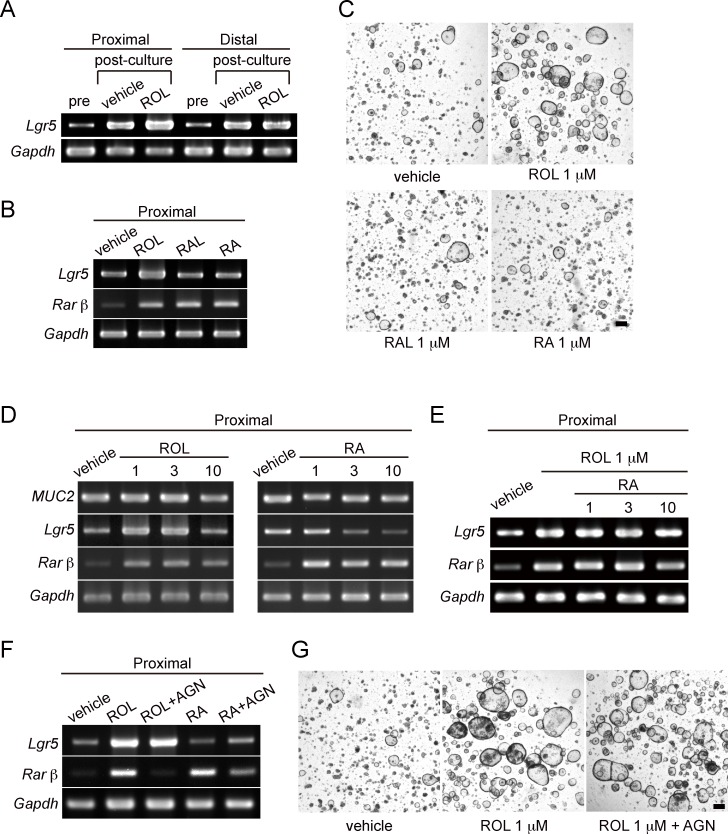Fig 4. ROL-dependent growth promotion of proximal colon organoids involves an RA-independent mechanism.
(A) Proximal and distal colon organoids were separately subjected to single-cell passage, and the following culture was initiated in the absence (vehicle) or presence of ROL (1 μM). Total RNA was extracted from the isolated cells before (pre) or after the culture (post). Semi-quantitative PCR was performed for Lgr5, a marker gene of colonic stem cells, and Gapdh. (B) After single-cell passage, proximal colon organoids were cultured either with ROL (1 μM), RAL (1 μM) or RA (1 μM) or left untreated (vehicle). Total RNA was extracted after the culture, and semi-quantitative PCR was performed for Lgr5, Rarβ, and Gapdh. (C) Proximal colon cells were cultured as in (B). Representative phase-contrast images on Day 5 are shown. Scale bar, 100 μm. (D) Proximal colon cells were cultured as in (B) either with different concentrations (1, 3, or 10 μM) of ROL or RA, or left untreated (vehicle). Total RNA was extracted on Day 5 of culture and semi-quantitative PCR was performed for MUC2, Lgr5, Rarβ and Gapdh. (E) Proximal colon cells were cultured in the absence (vehicle) or presence of 1 μM ROL. ROL-treated cells were co-treated with different concentrations of RA (1, 3, or 10 μM) or left untreated. Semi-quantitative PCR was performed as described in (B) for Lgr5, Rarβ and Gapdh. (F) Proximal colon cells cultured as in (B) were left untreated (vehicle) or treated with either ROL, ROL+AGN193109, RA, RA+AGN193109 all at a concentration of 1 μM. On Day 5 of culture, total RNA was extracted after the culture, and semi-quantitative PCR was performed for Lgr5, Rarβ and Gapdh. (G) Proximal cells were cultured as in (F) and phase-contrast images on Day 5 were acquired. Scale bar, 100 μm. Experiments for A-G were performed more than twice independently and representative images are shown.

